Description
The Baader O-III perfectly isolates the two doubly ionized oxygen lines (at 496nm and 501nm) emitted by nebulae using a very sharp and narrow bandpass (about 10 nm wide). Unlike other O-III filters, the Baader O-III completely blocks longer and shorter wavelengths (which is why this filter appears a teal color rather than pink) along with common light pollution bands. The result is the highest visual contrast achievable in an O-III filter. When combined with a Baader UV/IR filter, this O-III also works well for deep-sky imaging.
Superior Optical Quality, Even at High Magnification
At the heart of the Baader OIII filters are their special fine optical substrate polishing process and advanced hard coating design. The result is a filter that imparts virtually no image degradation. Manufacturers of lesser filters, to prevent deterioration from cleaning or exposure to moisture, sometimes resort to sandwiching their delicate coatings between two layers of filter glass, resulting in potential blurred or double images. Unlike these lesser filters, the superior optical quality of the Baader OIII filter allows for use at higher magnifications which are particularly useful for studying fine detail, particularly in brighter diffuse and planetary nebulae. Baader OIII filters can take high magnifications, and stars retain their pinpoint sharpness, even if the filter is used far ahead of the image plane when used for astrophotography or when used ahead of a star diagonal or binoviewer. Baader filters fulfill the requirements of an ideal optical filter – to perform at highest efficiency without any other detectable effect on the image.
- Baader 1.25” OIII filter improves contrast of nebulae for visual observation and imaging
- 10nm passband includes OIII (501nm) and H-Beta (486nm) wavelengths emitted by diffuse and planetary nebulae and supernova remnants
- Superior fine optical substrates for excellent performance, even at high magnifications
- Hard ion-beam-deposited and scratch-resistant coating for easy, safe cleaning and long life
- Mounted in spring-loaded optical cell to ensure superior optical performance
Advanced Optical Manufacturing for Long Life and Superior Performance
Unlike many budget filters, Baader Planetarium filters are not “biscuit cut” out of larger plates of glass, a process that causes micro-cracks around the filter edges. These cracks can attract moisture between the glass substrate and coating layers via capillary action which causes premature aging and degradation.
By contrast, each Baader filter is individually cut to size (1¼”, 31mm, 36mm, 2″, 50,4mm, 50x50mm, 65x65mm), then polished flat on both sides to a quarter wavelength to ensure maximum image sharpness and distortion over the entire filter, even when the filter is not close to the focal plane. Then each blank is then individually coated with a hard, ion-beam-deposited scratch-resistant coating. However, the coating is not applied all the way to the edge of the substrate to ensure the filter is sealed against the penetration of moisture, even in very humid conditions. This is especially important in multilayer, narrowband filters where moisture can seep in if the coating is not properly deposited. The hard coatings also mean Baader filters are easier and safer to clean without damage.
Baader filters are also tested repeatedly to comply with MIL-specifications. One common process is to boil the test specimen for one hour in salt water to induced damage. Unlike budget filters cut from larger plates, Baader filters remained completely intact without changes in their transmission characteristics after this rigorous environmental testing.
Baader’s careful engineering and manufacturing mean you need to buy a Baader filter just once and it will last you for a lifetime of astronomical observations.
Capacity
|
|
| Connection (to the telescope) | 1,25″ |
| Mount material | Aluminium |
| Coating of optical system | dielectric |
| Half-value width (nm) | 10 |
| Optical length (mm) | 2 |
| Central wavelength (nm) | 502 |
| Transmission | 93 |
| Frame | 1,25″ |
General |
|
| Weight (g) | 59 |
| Type | Filters |
Area of application |
|
| Anti light-pollution | yes |
| Hydrogen nebulae | – |
| Planetary nebulae | yes |
| Comets | – |
| Central stars | – |
| Supernova remains | yes |
| Useful for photographs | – |
| Visually useful | yes |

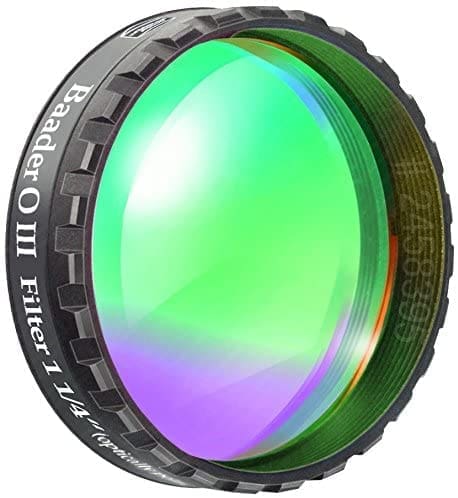
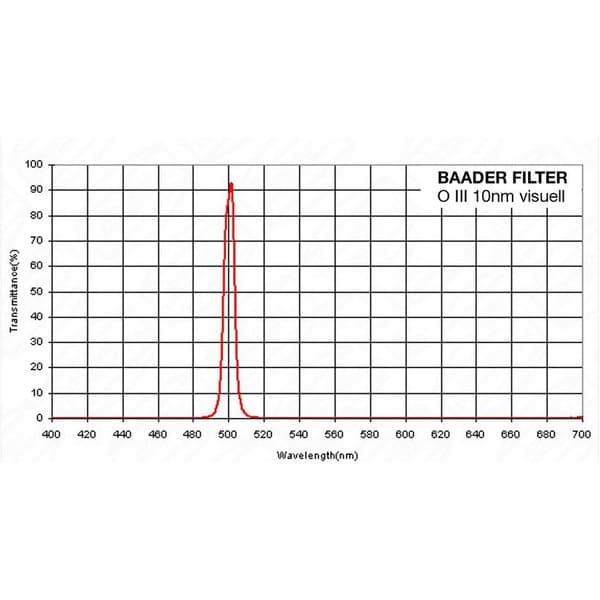
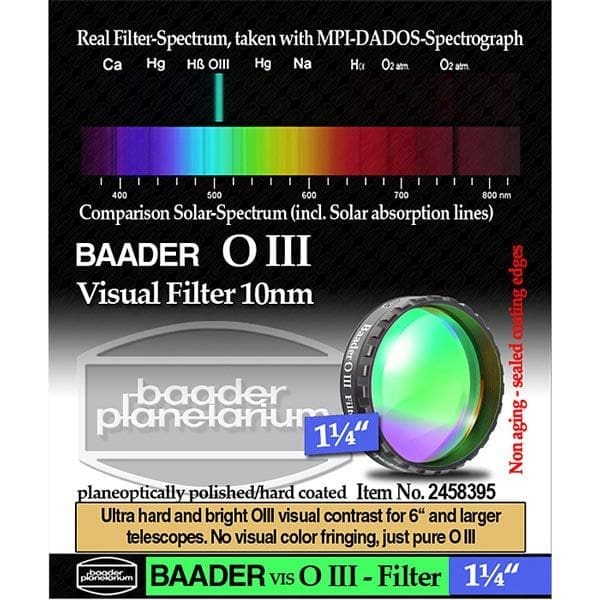
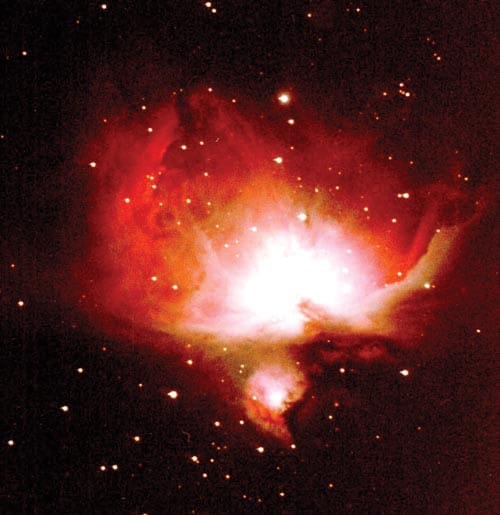
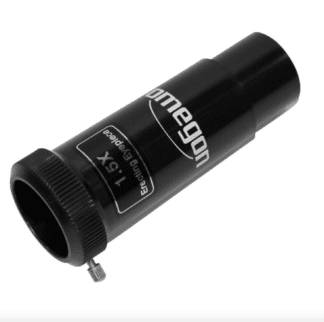

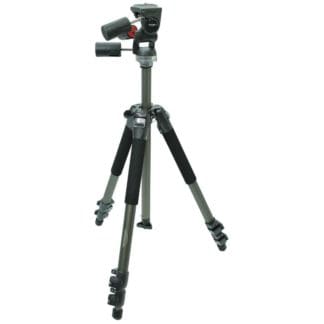
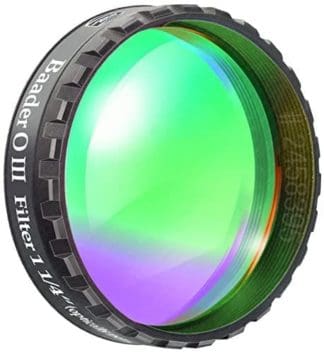
Reviews
There are no reviews yet.